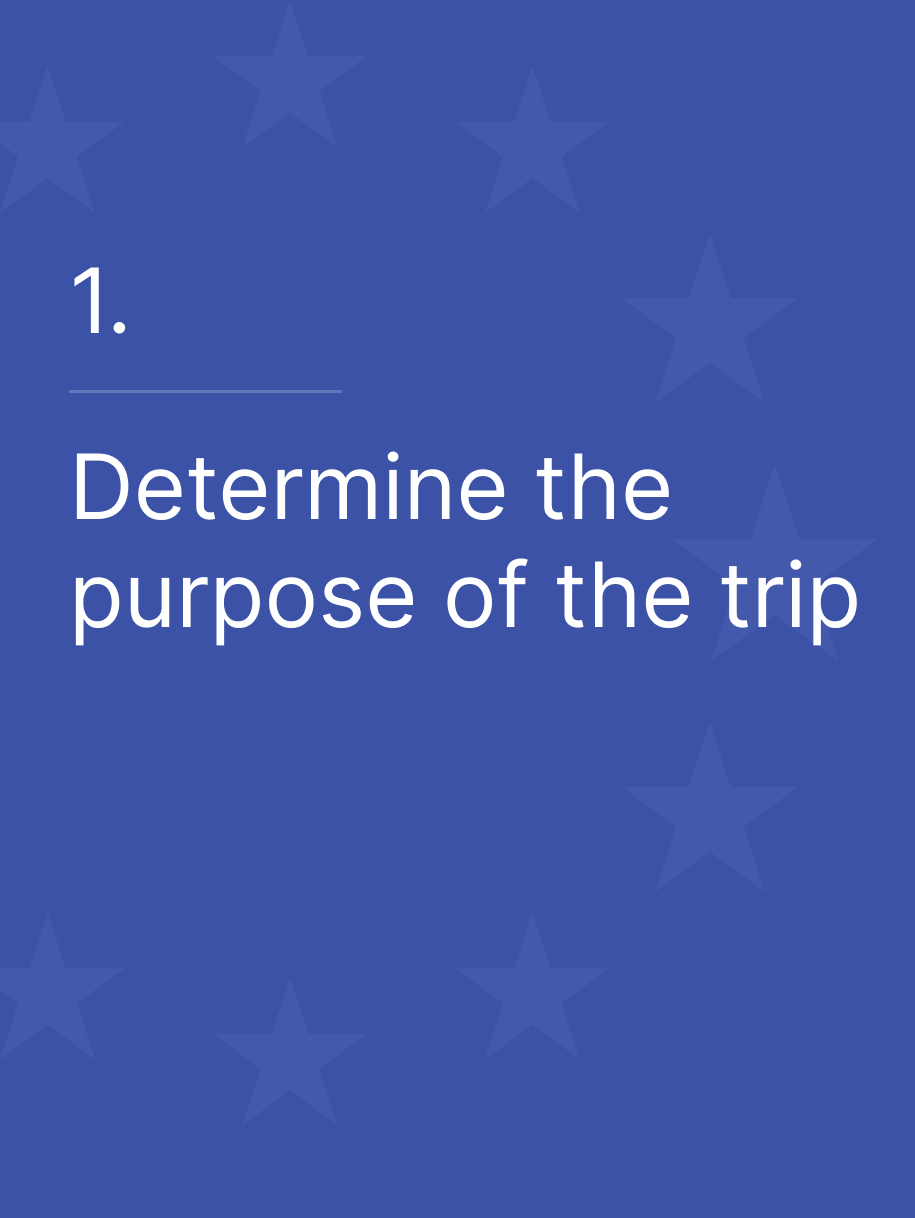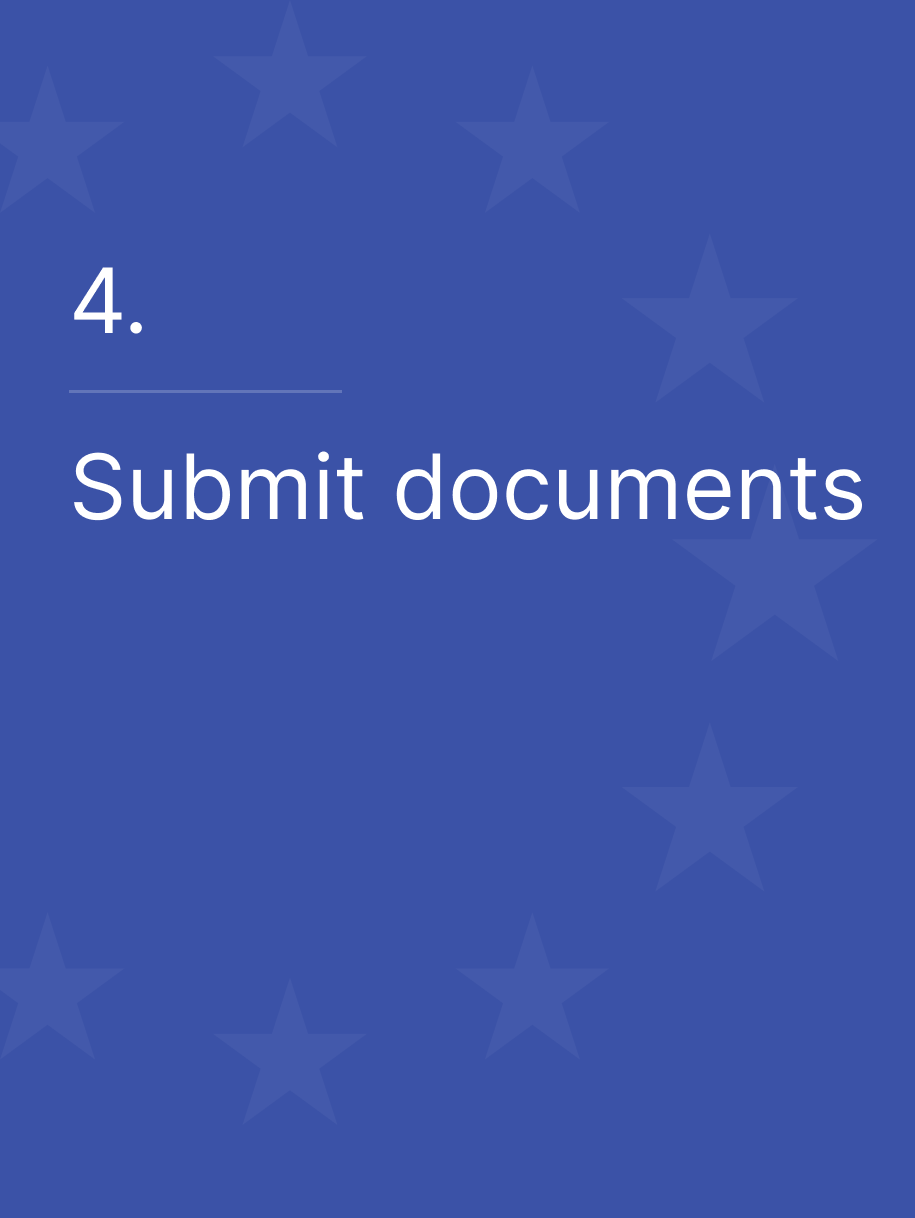Содержание Show
The Schengen C visa to Estonia is obtained for tourist trips. For study or work, you can apply for a long-term D visa. With both visas, you can travel to Schengen countries and stay there for up to 90 days in half a year.
Learn more about how and what types of Estonia visas you can get.
When you need a visa to Estonia
Citizens of 157 countries must apply for a visa to Estonia for tourism, study, work, or business.
Citizens of the EU states, Schengen members and some other countries can stay in Estonia without a visa for up to 90 days in half a year if the purpose of the trip is tourism. You will need a visa to study, do business and work only if you plan to stay in the country for more than three months.
Some countries whose citizens can visit Estonia without visas
- 27 Schengen states
- Cyprus
- the UK
- Israel
- Australia
Citizens of countries that do not have visa waiver agreements with Estonia get Schengen visas for entry.
What type of visa to apply for?
You can obtain one of three categories of Estonia’s Schengen visas: A, C or D. When choosing the visa type, you need to determine the trip purpose. For example, a visa for transit, tourism, study or work.
1. Visa for a transfer at an Estonian airport. Transit A visa is issued to citizens of certain countries. With a transit visa, you can only stay in the area of the Estonian airport, you will not be able to go out.
Citizens of other countries do not need a transit A visa to Estonia; it is enough not to leave the airport and have a flight ticket. A ticket is a legal basis for entry, stay and departure from an Estonian airport to the next state.
Countries whose citizens need a transit A visa to Estonia
- Afghanistan
- Bangladesh
- Ghana
- Democratic Republic of the Congo
- Iraq
- Iran
- Nigeria
- Pakistan
- Somalia
- Sri Lanka
- Eritrea
- Ethiopia
2. Visa to stay in Estonia for up to three months. Estonia’s tourist Schengen visa is obtained for visiting the country for personal matters. For example, visit relatives and friends, participate in competitions and conferences or come for short-term business training.
The C visa to Estonia is valid for up to 90 days. These days can be used within 180 days, either in a row or through multiple visits. It is the 90/180 Schengen visa rule.
Estonia is part of the Schengen Area. Therefore, you can enter any other country participating in the Schengen Agreement with an Estonian Schengen C visa.
The Schengen visa to Estonia can be:
- single-entry;
- double-entry;
- multiple-entry.
A single-entry visa allows you to visit the Schengen country once, and a double-entry visa — twice. You can go to the Schengen Area several times with a multiple-entry visa.
3. Visa to stay in Estonia for up to one year. A long-term Estonian D visa is usually obtained for the study, work or personal purposes. For example, if a visit to the country is planned for training courses or treatment that lasts more than six months.
The D visa is valid for up to 12 months. It allows you to stay in the country for 365 days. The visa can be renewed annually, but it is unsuitable for permanent residence.
The total number of stays on a D visa must be 548 days out of every 730 days. That is, you can live in the country for 365 days on the first visa and no more than 183 days over the next year on the second visa. A D visa gives the right to stay in the country for a year and a half out of every two years.
They get a residence permit to stay in Estonia for more than one and a half years in a row. For example, a residence permit in Estonia for work or study.
With a D visa to Estonia, you can travel to the countries of the Schengen Area under the 90/180 rule.
Step-by-step procedure for applying for a Schengen visa to Estonia
You can get a visa to Estonia at a consulate or visa centre of Estonia or another Schengen country.
If you plan a trip only to Estonia, it is better to get a visa at a visa centre or consulate. If you plan to visit other Schengen countries, a visa is obtained at the consulate of the country where you plan to stay the most.
How to get an Estonian Schengen visa
-
Determine the purpose of the trip
And select the appropriate type of Estonian visa: C or D.
-
Decide how many trips are planned
To Estonia and the Schengen countries in the next one or two years. It depends on whether you need a single or multiple-entry C visa.
-
Pay state fees
Before submitting documents. The cost for a Schengen visa to Estonia is €35 or €80, depending on the applicant’s country of citizenship. For a D visa, the fee is €100.
Who do not pay the state fees for a visa to Estonia:
- children under 6;
- those who enter the country upon an invitation of the President of Estonia or another high-ranking official;
- family members of a citizen of Estonia, another EU country or Switzerland;
- students and undergraduates or doctoral students and teachers accompanying them if the purpose of entering Estonia is to study;
- scientists if the purpose of entering Estonia is scientific research;
- participants in non-profit seminars, conferences, sports, cultural and educational events in Estonia under 25.
-
Submit documents
To Estonia or another Schengen country’s nearest consulate or visa centre. Documents must be submitted no later than 15 days and no earlier than six months before the planned trip.
The list of documents for obtaining a visa to Estonia is the following:
- international passport. The validity of the passport must expire no earlier than three months after the expiration of the requested visa;
- electronic visa application form. The application form must be completed before submitting the documents;
- photo 35×45 mm;
- travel insurance for a Schengen visa to Estonia. The term of the policy must expire no earlier than the term of the visit on the requested visa, be valid on the territory of the Schengen countries and have a coverage limit of at least €30,000;
- confirmation of the purpose of the trip. For example, concert tickets;
- confirmation of the minimum amount of money during your stay in Estonia. The amount for each day of stay in Estonia is €131. You may provide a bank statement with the balance of money in the account;
- confirmation of payment of the visa fees.
A separate visa application is made for a minor child. The parent must fill out a questionnaire for the child and attach copies of the passport, photo, and birth certificate.
A travel permit and a proxy will be required if one or both parents are not accompanying the child on the trip. You should also have proof of the availability of funds for the child’s travel. For example, a statement from the bank account of the accompanying person.

5. Submit biometrics — 10 fingerprints and a photo. Under the Visa Code conditions, biometrics must be taken every five years.
Children under 12, heads of state and members of national governments, official delegations and their spouses, and persons whose fingerprinting is physically impossible do not submit biometrics.
6. Receive the visa if approved. Documents for a C visa are considered for 10 days at the Estonian consulate if the purpose of the trip is tourism. For training or visiting relatives, the time is up to one month. The term for application consideration for a D visa is up to two months.
After consideration, a notification will be sent to the email or cell phone number indicated in the questionnaire. If approved, the visa can be collected in person.
What to do if you get refused an Estonian Schengen visa
Reasons for refusing a visa to Estonia may be past violations of the visa regime. For example, the need for confirmation of departure from the country before the expiration of the previous visa or not having enough money in the account.
Article 66 of the Aliens Act allows employees of the consulate or the Estonian visa centre not to explain the reason for the visa refusal. But the decision can be challenged.
You can appeal against the refusal to issue a visa within 30 days after receiving the decision from the consulate or the Estonian visa centre. To file a dispute, you need to make an appointment with the consul.
If your application is denied, you can appeal against the second rejection. An appeal is submitted to the Estonian Ministry of Foreign Affairs consular section within 30 days of receipt of the notice of repeated refusal.
An appeal can be filed in person or through a representative sent by mail. A state fee of €20 is paid for consideration of the appeal.
How to enter Estonia without a visa
You can visit Estonia without a visa with a residence permit from one of the EU countries.
A European residence permit can be obtained under an investment program. Participants invest in the country’s economy or real estate; such programs operate in Portugal, Greece, Spain, and Malta.
The status of an EU resident allows you to visit the Schengen states, including Estonia.
Frequently Asked Questions
A transit A visa will be required for citizens of some countries when transferring at an Estonian airport. Citizens of other countries can stay in the transit zone without applying for an A visa.
A short-stay C visa is suitable for those who will spend up to 90 days in Estonia for tourism, study or visiting relatives and friends.
A long-term D visa is needed for those who will spend more than 90 days in half a year in Estonia. The D visa is issued for up to one year, and the visa can be extended.
An applicant for a visa to Estonia pays the state fee. Its cost depends on the visa type: €35 or €80 for a C visa and €100 for a D visa.
An application for a C visa is considered within 10 days if the purpose of the trip is tourism. For other purposes, such as training, the procedure will take up to one month. The term for consideration of an application for a D visa is up to two months.
You can get a Schengen visa to a consulate or visa centre of Estonia or another Schengen country.
If the trip is planned only to Estonia, it is better to get a visa for the representation of this country. If you plan to visit Estonia and other Schengen countries, it is better to get a visa at the consulate where your stay will take the most time.
The duration of a visa depends on its type. A short-term visa type C is issued for up to 90 days. Moreover, these days can be spent within six months.
Long-term visa D is obtained for up to one year. You can use the permitted days of stay in Estonia within 356 days.
You can appeal the refusal decision and apply to the consulate within 30 days of receiving the unfavourable decision.
To apply, you need to make an appointment with the consul. An appeal can be filed in person, by email, or through a representative. For consideration of the application, you need to pay a state fee of €20.








